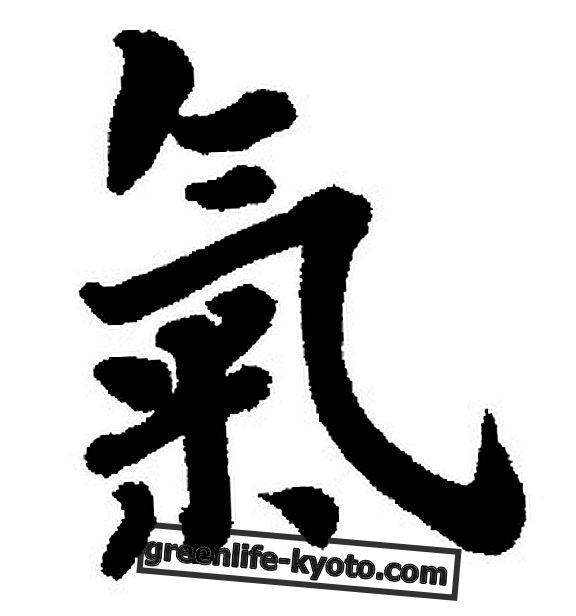
The tamanù oil is a vegetable oil that comes from a tree native to tropical Asia, known in botany as Calophyllum Inophyllum ; it has an emerald green color and its aromatic scent is widespread in Polynesia, where it is also known as Atì, in southern India and in Sri Lanka.
In Europe it came under the name " domba oil " and was used to alleviate rheumatism and scabies.
The tree is considered so precious to be even sacred to some people, as it protects from wind, sun and humidity and more.
It reaches a height of 3 meters, the leaves are green and shiny, while the bark is a beautiful dark brown. The fruit grows in bunches and has the shape of a green ball; the flower is small and white.
From the dried fruit is obtained an almond which is cold pressed to obtain the famous oil .
From the annual production of a tree, about 100 kg will extract no more than 5 kg of oil, which also justifies the rather high cost .
It is difficult to find it in shops, while it is more easily available on the Internet.
As we shall see, nothing is thrown away at the Tamanù: husks, leaves and wood are also used for other purposes.
Properties of tamanù oil
The properties of the tamanù oil are many: they range from antibacterial, antimirobic and anti-inflammatory, to antineuralgic and antioxidant ones .
In most Pacific islands the oil is in fact used on scratches, burns, cuts, insect bites, acne and scars of various origins , psoriasis , diabetic ulcers, dry and scaly skin , dandruff, blisters and eczema.
Discover the other healing herbs
Use tamanù oil
Moisturizing and natural antioxidant, the tamanù oil acts against the negative action of free radicals; it is soothing, emollient and curative in the case of various skin disorders (acne, dermatitis, herpes), wounds or abrasions, burns or insect bites; finally it treats couperose and circulatory disorders.
It has excellent effects also in the prevention of wrinkles and stretch marks , since it gives elasticity and deeply nourishes the dermis. It can also be used as a massage oil .
Moreover, it is useful in cases of sciatica, muscle pain and rheumatism, therefore as an anti-inflammatory .
Its aroma is very similar to that of olive oil, and can be used pure or combined with other vegetable oils or butters, such as sunflower oil, and applied morning and evening, massaging the area to be treated.
Since it is a particularly acid oil, dilution is especially recommended for more delicate skin.
Tamanu oil in other uses
His wood was used to make Polynesian idols called " tiki ". In Indonesia, the leaves are also used: immersed in water and left to macerate for a while, they are then used to treat eye inflammation .
In other cases, the leaves are boiled and the solution obtained is used for washing rashes .
In Papua New Guinea, the Tamanu husk is left on the fire until it softens and then applied to skin ulcers, lesions, cuts and spots .
Recently, the methyl esters of the tamanù oil fatty acids have also been used in the biodiesel fuel industry.













